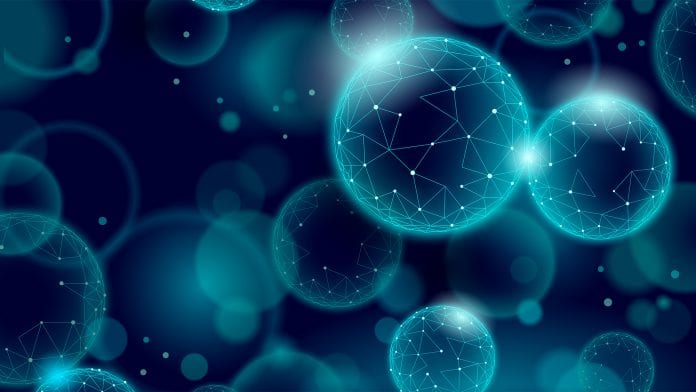
A new study has identified on/off switches for hydrogel that could advance the field of wound healing, among other applications.
Hydrogels have very tuneable properties made up of stimuli-sensitive polymers, making them appealing as molecular scaffolds as this versatility enables their use in tissue engineering, drug delivery, and other biomedical fields.
Peptides and proteins are increasingly used as building blocks as they can be stimulated to self-assemble into nanostructures which then enables gelation, which is the formation of supramolecular hydrogels that can trap water and small molecules.
Now, researchers from the NYU Tandon School of Engineering, who previously reported a responsive hydrogel formed using a coiled-coil protein, Q, have expanded their studies to identify the gelation of Q protein at distinct temperatures and pH conditions.
The study has been published in the Royal Society of Chemistry journal, Soft Matter.
Q protein
Although thermosensitive hydrogels are a widely studied and well-understood class of protein biomaterials, there is substantial progress being made in incorporating stimuli-responsiveness including pH, light, ionic strength, redox, as well as the addition of small molecules.
Using transmission electron microscopy, rheology, and structural analyses, the NYU Tandon School of Engineering team observed that Q protein self-assembles and forms fibre-based hydrogels that exhibit upper critical solution temperature (UCST) behaviour with increased elastic properties at pH 7.4 and pH 10.
However, at pH 6 the findings showed that Q forms polydisperse nanoparticles, which do not further self-assemble and undergo gelation. The high net positive charge of Q at pH 6 creates significant electrostatic repulsion, preventing its gelation.
Jin Kim Montclare, professor of chemical and biomolecular engineering, with affiliations at NYU Langone Health and NYU College of Dentistry, who directed the research with first author Michael Meleties, fellow Ph.D. student Dustin Britton, postdoctoral associate Priya Katyal, and undergraduate research assistant Bonnie Lin, explained that UCST phase behaviour is characterised by a solution that will form a hydrogel when it is cooled below a critical temperature.
Montclare said: “In our case, it is due to the physical crosslinking/entanglement of fibres that our fibre-based hydrogel forms when cooled,” adding that when the temperature is raised above the critical temperature, the hydrogel transitions back into solution and most of the fibres should disentangle.
“In our study, we looked at how this process is affected by pH. We believe that the high net charge of the protein at pH 6 creates electrostatic repulsions that prevent the protein from assembling into fibres and further into hydrogels, while at higher pH where there would be less electrostatic repulsion, the protein is able to assemble into fibres that can then undergo gelation.”
The findings of the study could guide the development of novel scaffolds and functional biomaterials that are sensitive towards biologically relevant stimuli.
























